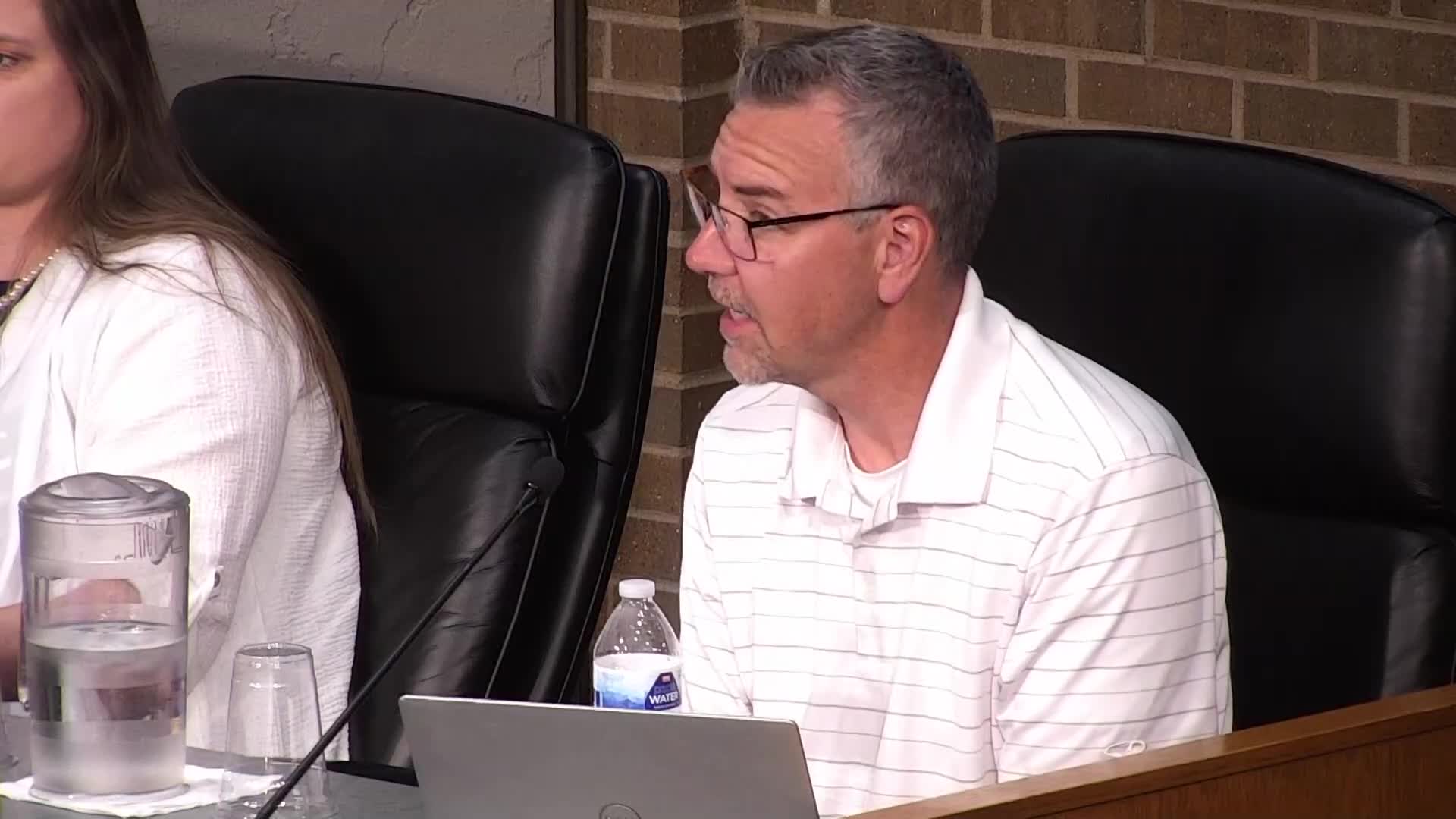Arvada City Council assesses rising drinking water rates and infrastructure funding needs
May 14, 2025 | Arvada, Jefferson County, Colorado
Thanks to Scribe from Workplace AI , all articles about Colorado are free for you to enjoy throughout 2025!

This article was created by AI using a video recording of the meeting. It summarizes the key points discussed, but for full details and context, please refer to the video of the full meeting. Link to Full Meeting
The council is considering a substantial financial commitment, with estimates suggesting that up to $150 million may be required to replace outdated pipes and improve water treatment facilities. This investment is seen as crucial to prevent more costly repairs in the future and to comply with federal regulations regarding safe drinking water.
Council member Pfeiffer raised important points about the city's financial strategy, questioning whether the focus on water infrastructure might overshadow other critical areas, such as street repairs. He emphasized the need for a balanced approach to debt management, urging the council to consider the long-term implications of their financial decisions.
In response, Council member Davis noted that proactive spending on infrastructure now could save the city from higher costs later, especially as other municipalities face similar challenges with aging facilities. He pointed out that cities like Aurora are also grappling with significant infrastructure upgrades, indicating that Arvada is not alone in this struggle.
The council's discussions underscored the importance of prioritizing drinking water infrastructure to ensure public health and safety. As the city continues to grow, maintaining reliable water resources will be essential. The recent improvements at Ralston Central Park, which effectively managed stormwater during heavy rains, were cited as a successful example of the city's commitment to infrastructure resilience.
As Arvada moves forward, the council's decisions will shape the future of its essential services, balancing immediate needs with long-term sustainability. The community can expect further updates as plans develop to address these pressing infrastructure challenges.
Converted from City of Arvada Council Meeting - May 13, 2025 meeting on May 14, 2025
Link to Full Meeting
Comments
View full meeting
This article is based on a recent meeting—watch the full video and explore the complete transcript for deeper insights into the discussion.
View full meeting


